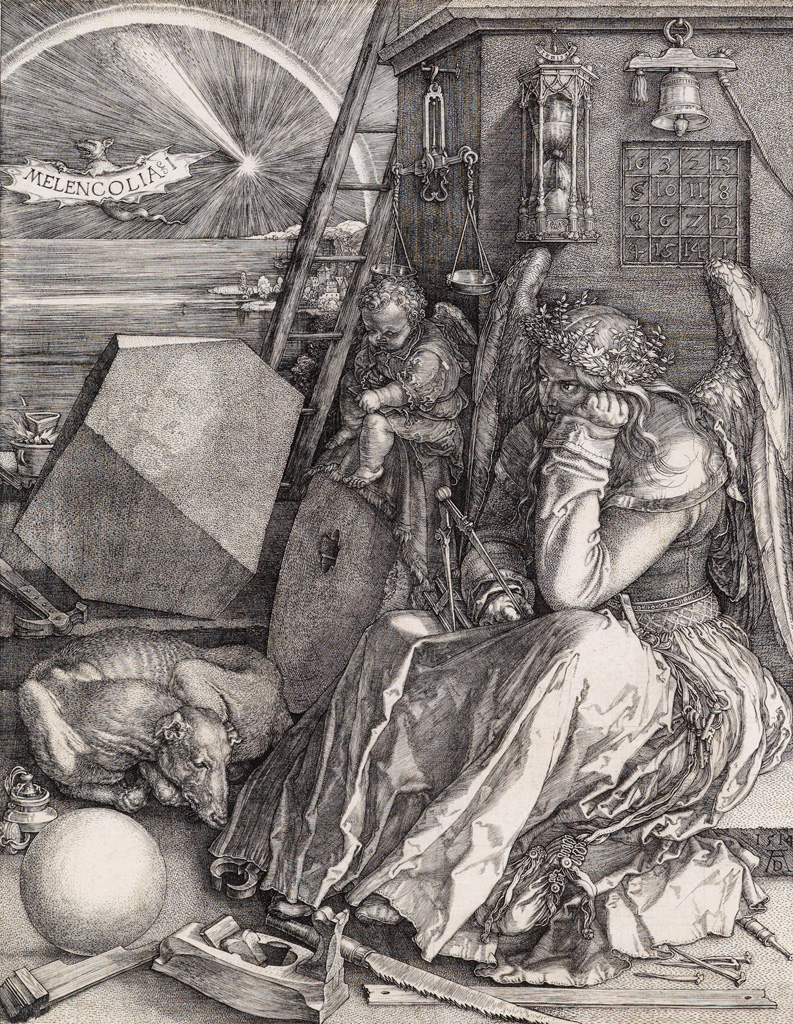Sale 2381 - Lot 84
Unsold
Estimate: $ 100,000 - $ 150,000


Aliquam vulputate ornare congue. Vestibulum maximus, libero in placerat faucibus, risus nisl molestie massa, ut maximus metus lectus vel lorem.